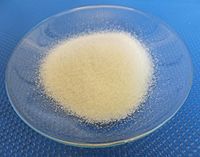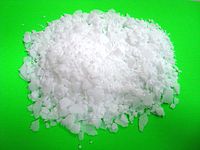Lee:
thanks for posting the info about the tubs. I'm planning on making a couple of batches of shave soap for the purposes of Christmas gifts. I'm also thinking of making a batch as facial soap for the ladies (I sent some unscented tallow shave soap (superfatted with coconut oil) to my brother in law and his wife tried it on her face ... interestingly she really liked it).
Cheers-
Dave
thanks for posting the info about the tubs. I'm planning on making a couple of batches of shave soap for the purposes of Christmas gifts. I'm also thinking of making a batch as facial soap for the ladies (I sent some unscented tallow shave soap (superfatted with coconut oil) to my brother in law and his wife tried it on her face ... interestingly she really liked it).
Cheers-
Dave








